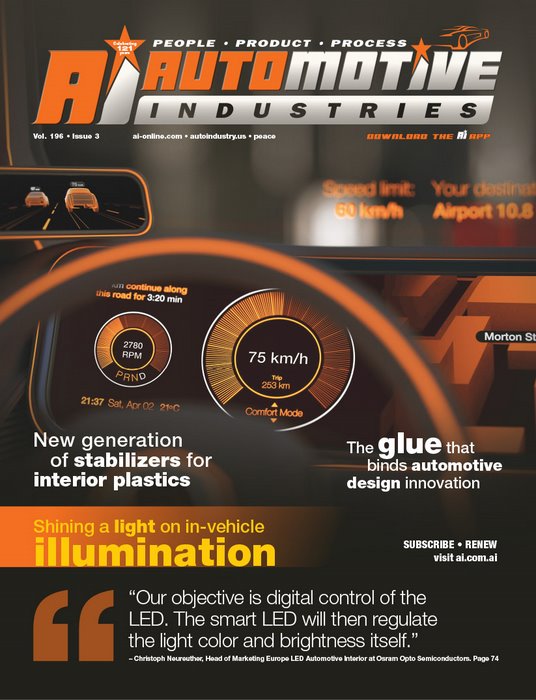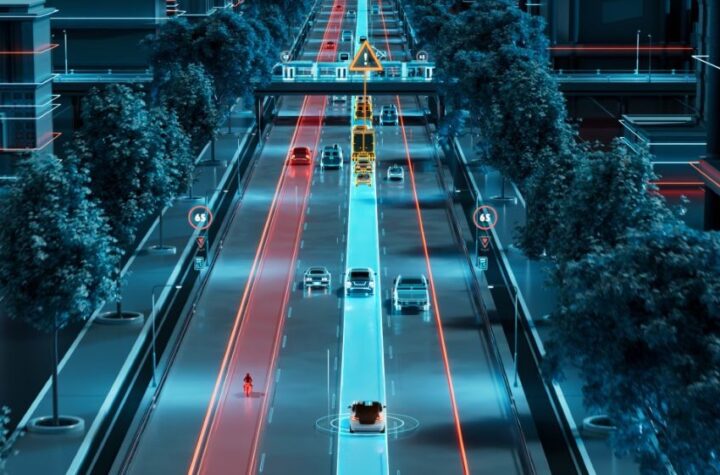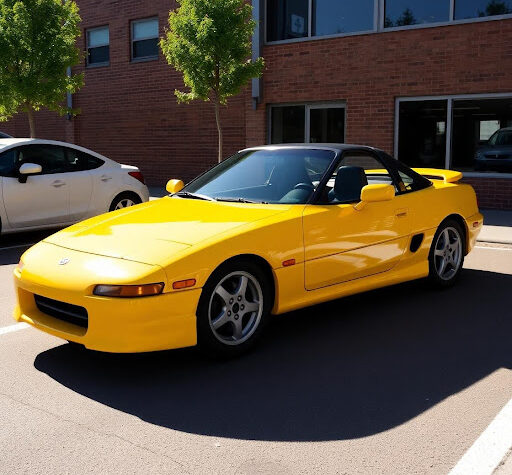
When those outside the automotive design world talk about “automotive lighting” they tend to think of headlights and turn indicators – in other words, the exterior lighting. But there are numerous light sources inside a car a vehicle as well – and here is where the real difference is being made to the customer experience.
To find out more about the latest developments Automotive Industries (AI) spoke to Christoph Neureuther, Head of Marketing Europe LED Automotive Interior at Osram Opto Semiconductors and Anita Wenzl, Manager LED Automotive Interior at Osram Opto Semiconductors.
AI: Which applications are particularly exciting at present?
Neureuther: As the number one in the automotive lighting sector we offer not only products for the exterior lights, but also solutions for interior applications. Space is at a premium here, which is why the LEDs need to be particularly compact without losing any performance. Backlighting for the controls and instruments is a classic application for interior lighting. We are well positioned here, with various products such as the Topled E1608. Decorative lighting solutions also play a role in the passenger cell of course, for example in the footwell and in the door trim. Head-up displays are another application in which our LEDs are integrated. Different properties are needed here compared with LEDs for interior lighting.
AI: The general trend in LEDs is toward miniaturization, and interior lighting is no exception. What impact is this trend having?
Neureuther: The smaller the individual components, the greater the flexibility with which they can be incorporated in a new product and the greater the versatility with which the LED can be used. A good current example, and also a milestone in the miniaturization trend, is our Topled E1608. Compared to its predecessor it is smaller by a factor of 20, and up to three and a half times brighter. Another aspect of miniaturization is the smaller mounting depth of the LEDs. Smaller PCBs and optics reduce system costs, which in turn reduces the overall costs of a project.
AI: What are the challenges of developing smaller and smaller LEDs?
Neureuther: Increasing miniaturization means that for many of the processes we are venturing into uncharted territory. But that’s precisely what we do. We strive at all times to identify and exploit any potential for optimization. A major challenge with the Topled E1608, for example, is to replicate the accurate dosing of tiny amounts of phosphor in a package with an opening of just 0.5 millimeters. What’s more, material combinations in this microscopic range behave differently than on a macroscopic scale. We face up to new challenges such as these by applying all our many years of experience and indepth know-how from our various market segments. We therefore have a broad spectrum of production technologies at our disposal.
AI: Alongside the trend toward miniaturization there is also customer demand for individualization. What options does ambient lighting offer for car interiors?
Wenzl: Ambient lighting allows drivers to select their personal favorite colors for the interior lighting. This ability to customize the lighting adds an emotional component to the rather more functional character of traditional interior lighting – the car becomes a feel-good zone. As car sharing becomes more and more prevalent it is also conceivable that in future you could take your own individual light settings from car to car. In addition to these decorative aspects there are new areas of application for ambient lighting at the functional level. Cars could soon be using different colored lighting to tell drivers they are in sports or economy mode, for example. Another possibility would be for semi-autonomous vehicles to use dynamic lighting sequences to tell the driver to take over the steering wheel again.
AI: Self-driving vehicles could be a regular feature on our roads in the not too distant future. What functionality could interior lighting provide here?
Wenzl: With fully autonomous vehicles there is no need for a driver to sit at the wheel, so the requirements that the interior lighting has to fulfill will shift significantly. Depending on whether the passenger wants to work or relax, for example, the lighting scenarios will be very different, with either directional spotlights over a workstation or indirect lighting in the roof liner. Numerous new applications will also appear in the visualization sector. It’s conceivable that head-up displays and thin film transistor displays will in future not only present navigation and vehicle information, but also be used for communication and entertainment purposes. Passengers could make calls with customers via video links or watch their favorite TV series. Augmented reality applications could also be provided via headup displays, for example in connection with lane assist systems.
AI: What are the benefits of head-up displays and what technical versions are available for vehicles?
Neureuther: The information projected by head-up displays, such as vehicle and traffic data, is in the driver’s direct field of vision. That’s an important safety aspect because drivers no longer have to keep taking their eyes off the road to look at the navigation. There are two ways of integrating head-up displays in vehicles – either as a direct reflection on the windshield or as a projection surface on a special combiner pane, a sheet of plastic or glass on the cluster instrument between the driver and the windshield. Different technological approaches are used here – TFT or DMD (Digital Mirror Device). With TFT technology the display is projected onto the windshield, whereas with DMD projectors RGB images are generated via a micromirror array. The first DMD based Automotive Head Up System was introduced in 2017, using the Osram Ostar Projection LED.
AI: What else might the future hold for interior lighting?
Neureuther: There are four key aspects in the mobile environment that are influencing current developments and research areas, namely: autonomous, connected, shared and electric. The focus will be more and more on the interplay between light and the vehicle for conveying information. This information will relate to everything from the current driving mode and battery charge level to the time of day and the weather. We aim to maintain and extend our technological lead through a combination of LEDs and integrated electronics for implementing smart lighting components. The key here is the combination of LED and integrated electronics in a single component. Our objective is digital control of the LED. The smart LED will then regulate the light color and brightness itself.




More Stories
TomTom’s Orbis Maps with 3D Lane geometry set new standards for mapping precision
Accelerating The Development of Hydrogen Vehicles & Infrastructure – Europe’s Biggest Players Meeting at Premier Event
Automotive IQ Announces the 15th Annual Automotive Functional Safety Week 2025